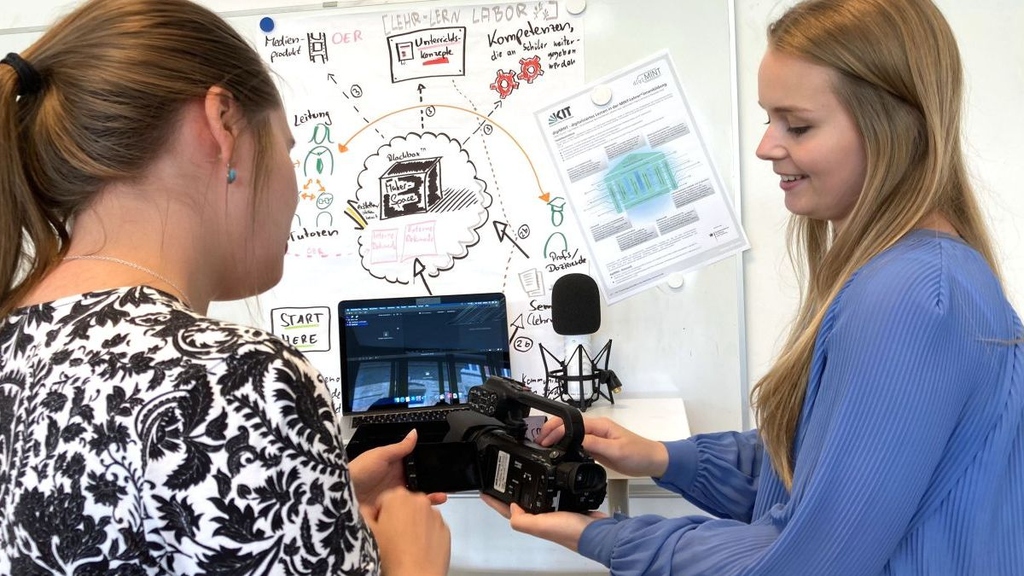
Vierjähriges Projekt digiMINT geht zu Ende – Einsatz von digitalen Werkzeugen gehört nun zum Lehramtsstudium am KIT.
Mehr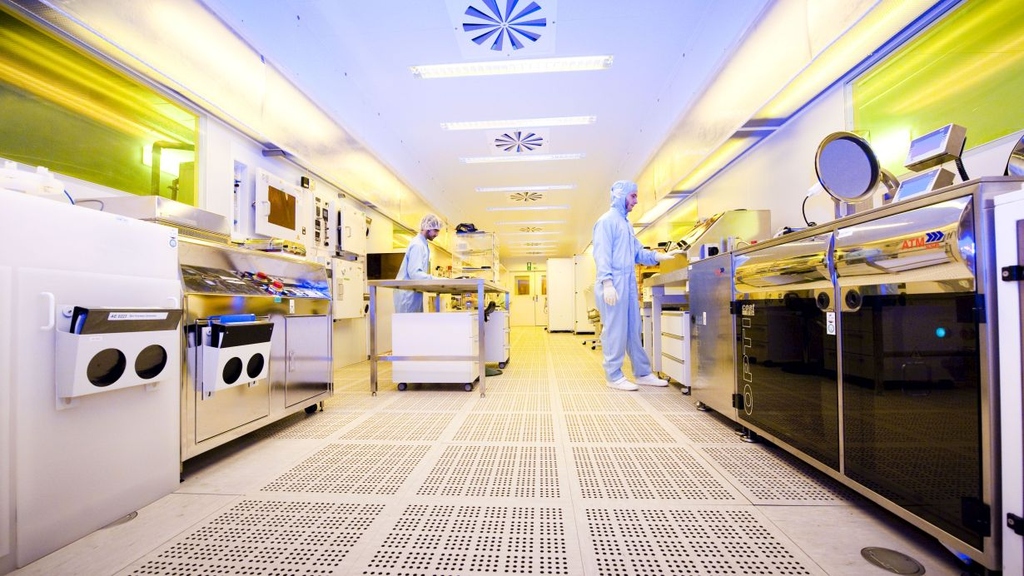
Karlsruhe Center for Optics and Photonics Sets Standard and Uses Synergies – Interdisciplinarity Pushes Exchange and Innovation.
More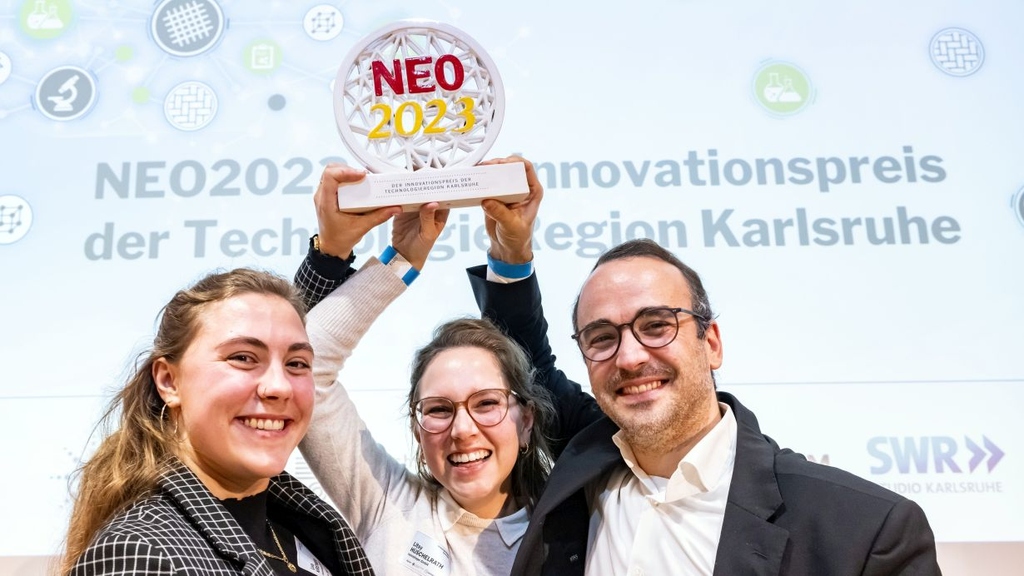
Double Success in the Innovation Prize Competition of the Karlsruhe Technology Region: nanoshape GmbH Is Granted the Jury Prize, KIT’s Institute for Mechanical Process Engineering and Mechanics Wins the Prize of the Audience.
More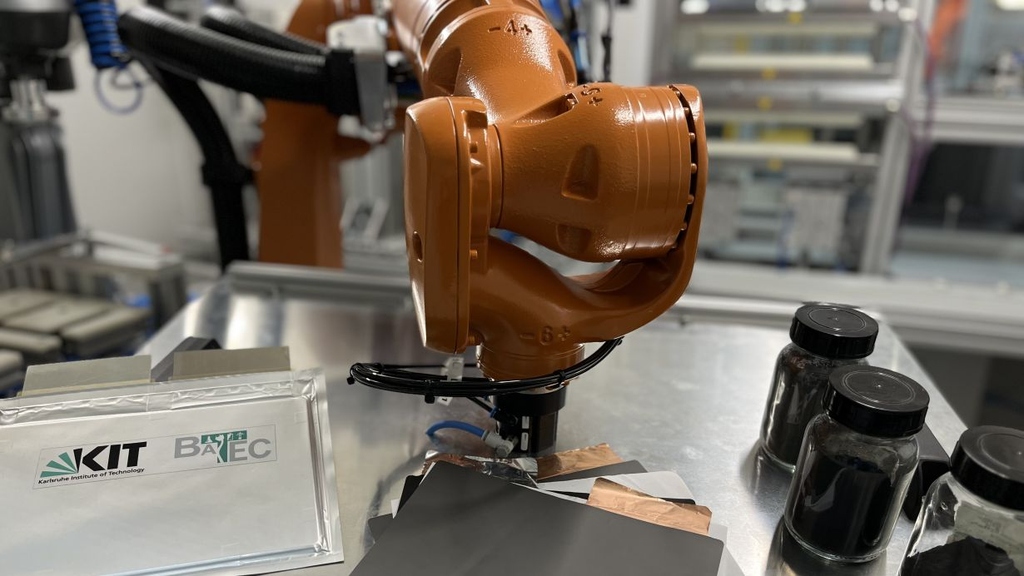
In Cooperation with Industry, KIT Researchers Develop a More Sustainable and Efficient Process to Recycle Materials from Lithium-ion Batteries.
More
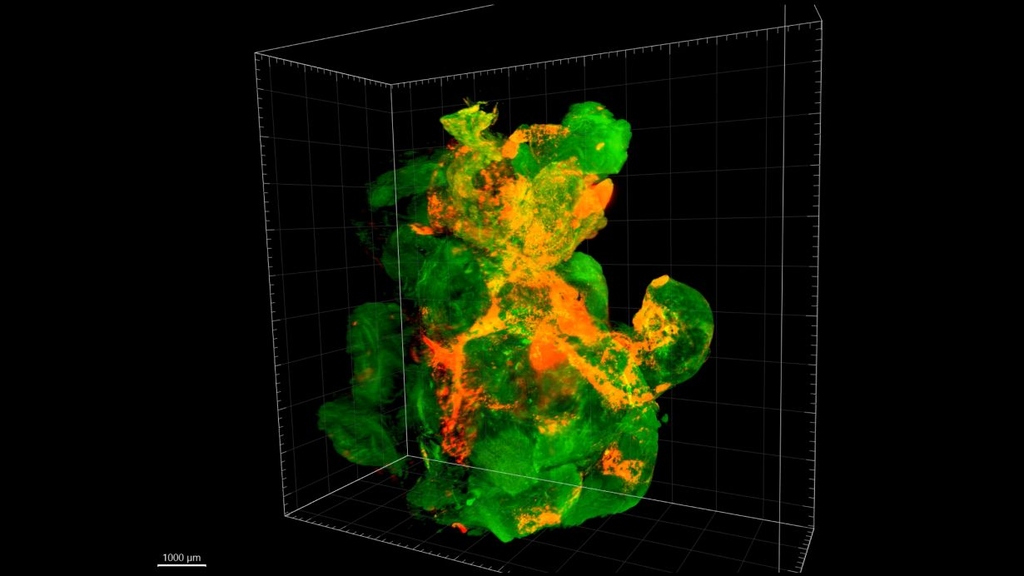
Researchers from Göttingen and Karlsruhe have developed a new treatment approach for pancreatic cancer. The innovative method promises to be able to treat the disease in a more targeted way and with fewer side effects in the future.
More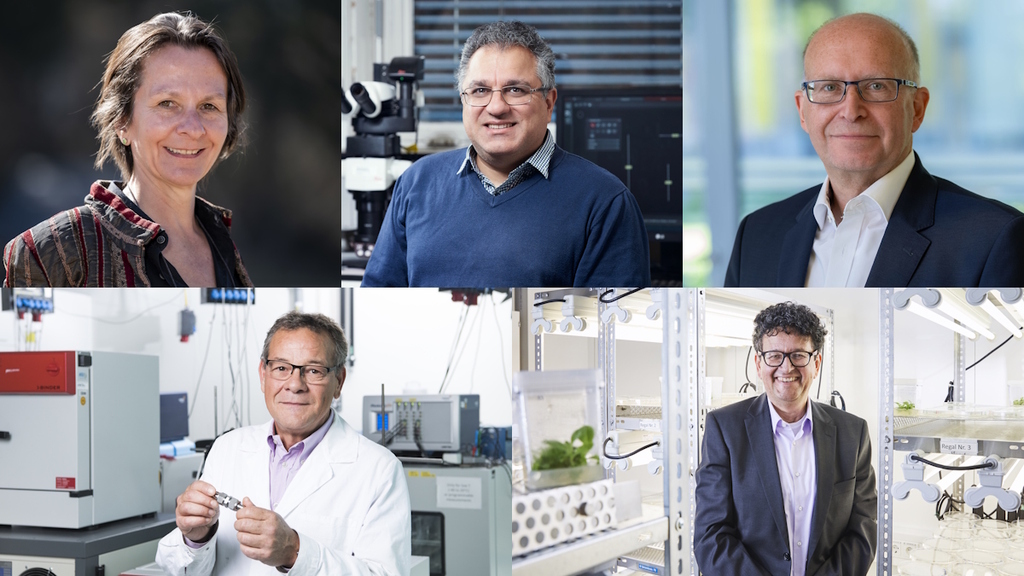
Fünf Forschende des KIT sind in diesem Jahr unter den meistzitierten Wissenschaftlerinnen und Wissenschaftlern weltweit.
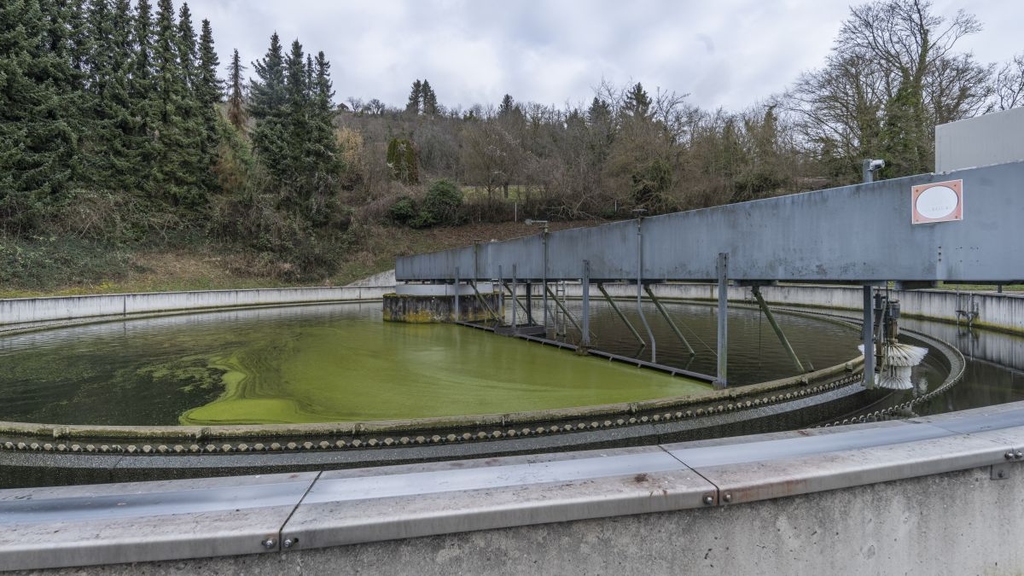
Ein vom KIT koordiniertes EU-Projekt hat ein abwasserbasiertes Corona-Frühwarnsystem getestet, das zu einer besseren Covid-19-Lagebewertung beiträgt.
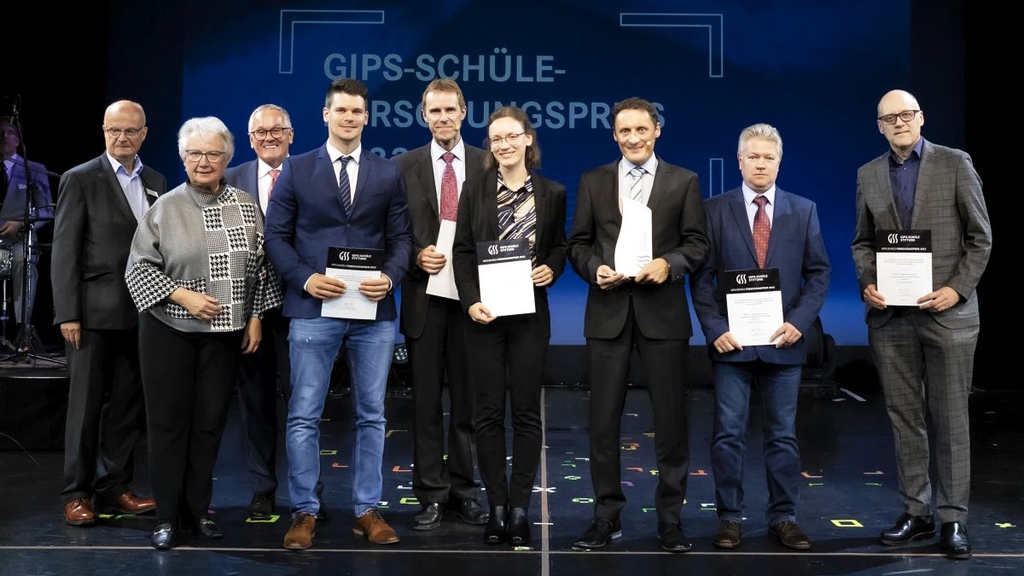
Mit dem NECOC-Verfahren wandeln Forschende des KIT das klimaschädliche Treibhausgas Kohlenstoffdioxid (CO2) in einen Hightech-Rohstoff um.
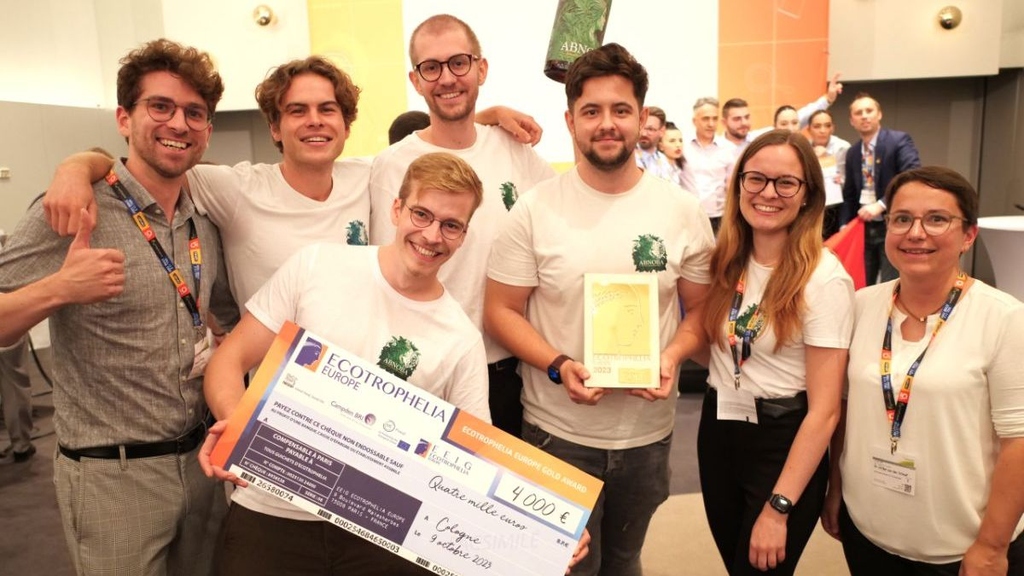
Mit einem Trunk aus Brennnessel und Giersch hat ein Studierendenteam den Food-Innovation-Wettbewerb ECOTROPHELIA gewonnen.
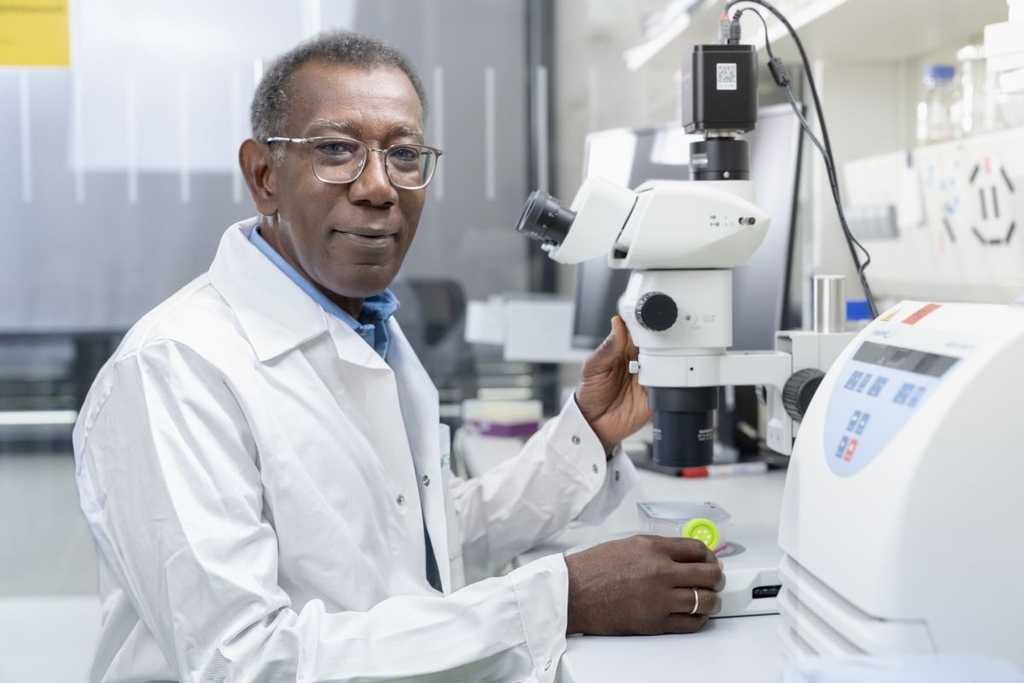
Eine Forschungsgruppe des KIT hat für fortgeschrittene Prostata- und Brustkrebsarten, die gegen herkömmliche Hormonentzugstherapien resistent sind, neuartige Hemmstoffe entwickelt.
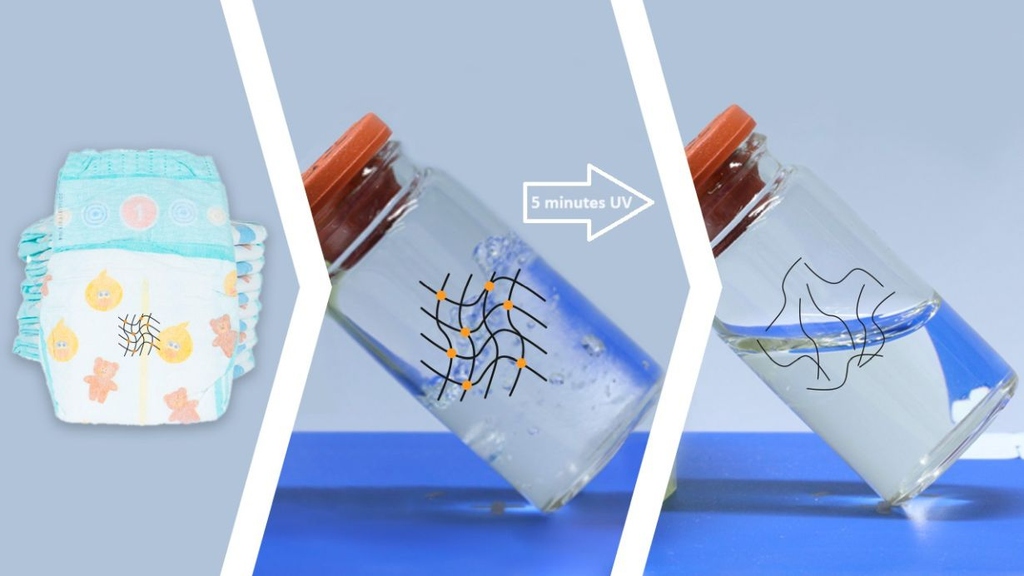
Water and UV Radiation Rapidly and Efficiently Degrade Crosslinked Polymers of Diaper Liners without Needing Any Chemicals – Recycled Plastic Molecules Can Be Used in Various Ways.
More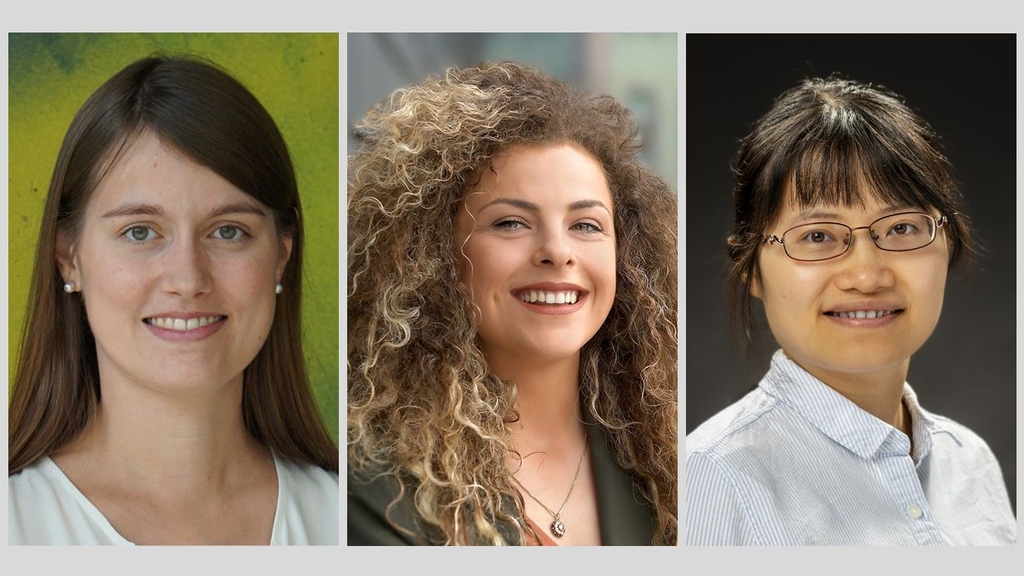
Nadja Alina Henke, Gözde Kabay, and Jingyuan Xu Receive Funding from Carl Zeiss Foundation – CZS Nexus Program Supports Outstanding Early-stage Researchers in STEM Disciplines.
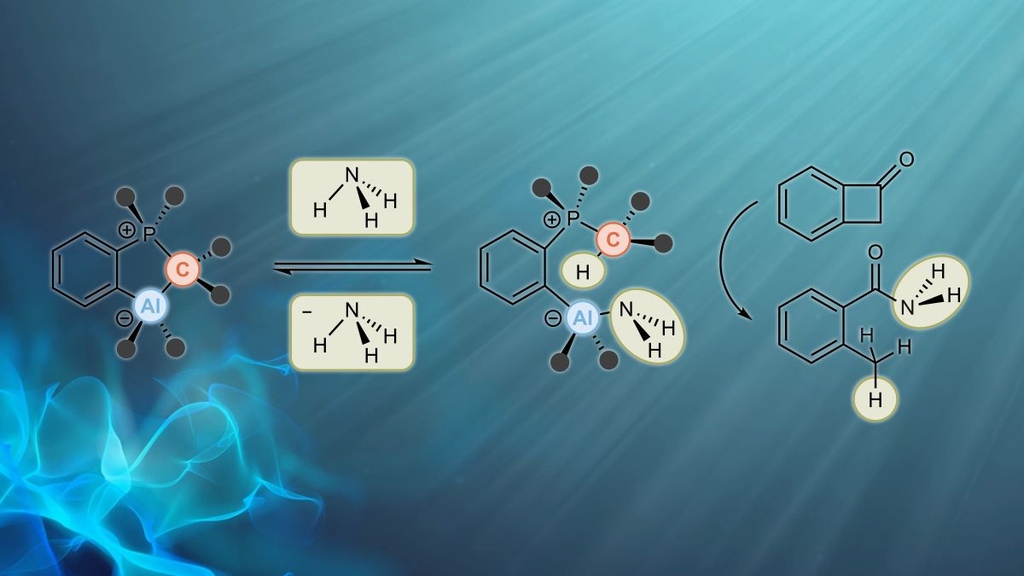
KIT Researchers Present New System for Activation and Catalytic Transfer of Ammonia – Catalysis Is Based on Main Group Elements.
More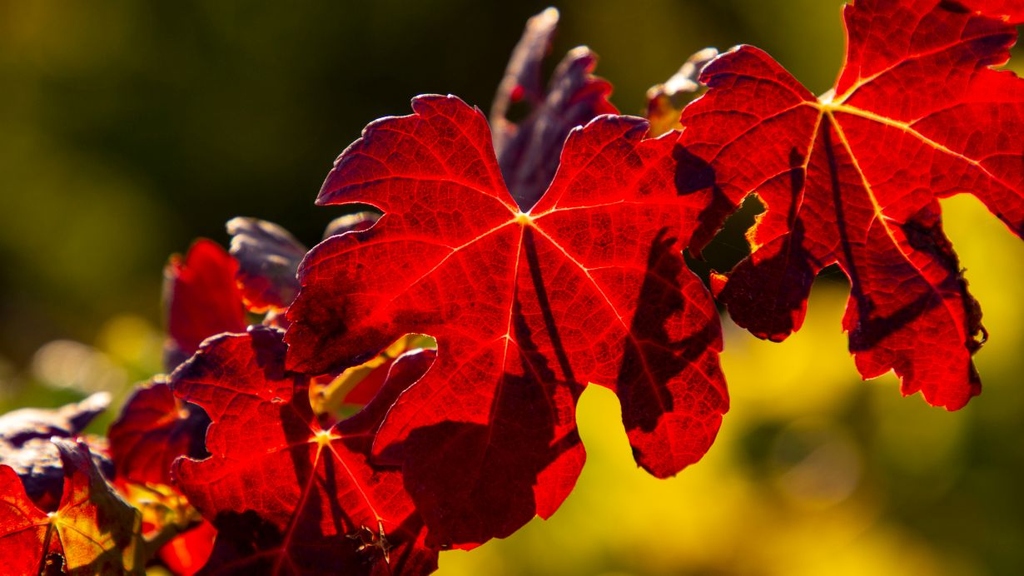
Herbstliche Blätter der Wildrebe, die in der Lage ist, auf salzigen Böden zu gedeihen. Forschende des KIT haben untersucht, wie das funktioniert. (Foto: Maren Riemann, KIT).
Mehr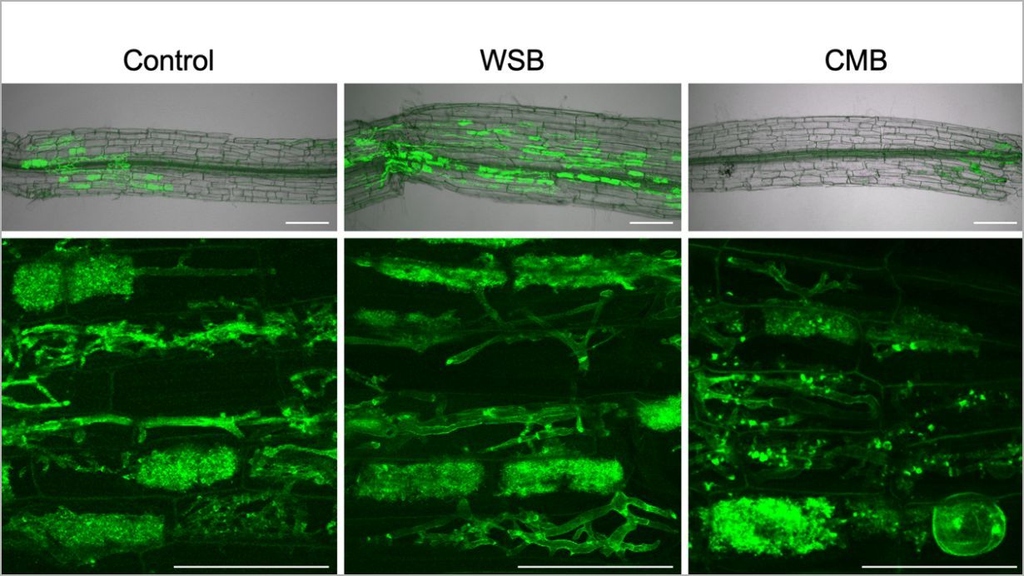
Quick Growth or Long-term Collaboration – Depending on the Biochar Fertilizer, Plants Living in Symbiosis with Mycorrhizal Fungi Exhibit Different Molecular Responses
More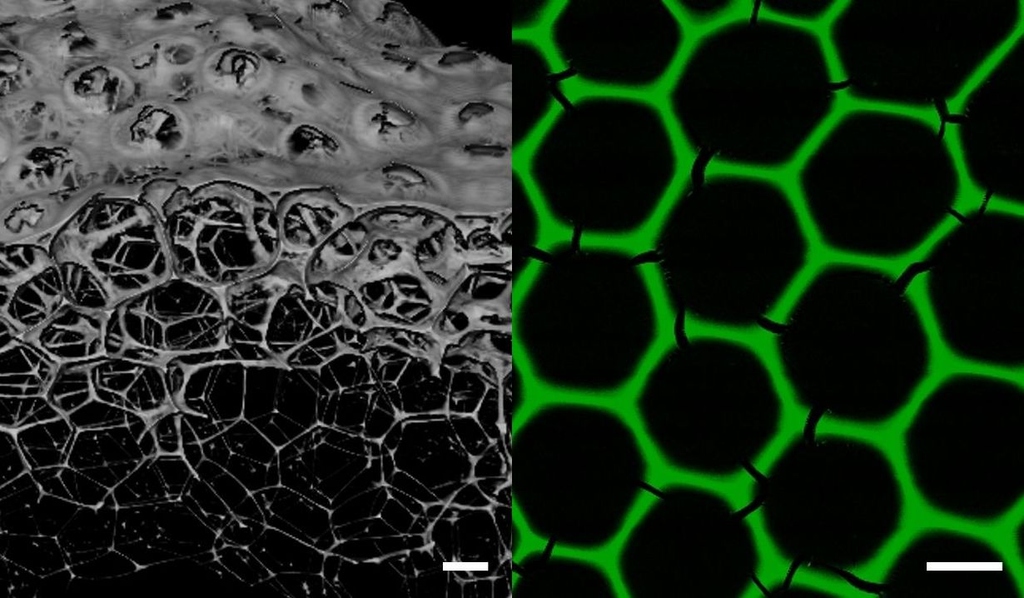
Forschende des KIT entwickeln aus Enzymen eine neue Material-Klasse für Biokatalyse-Prozesse.
Mehr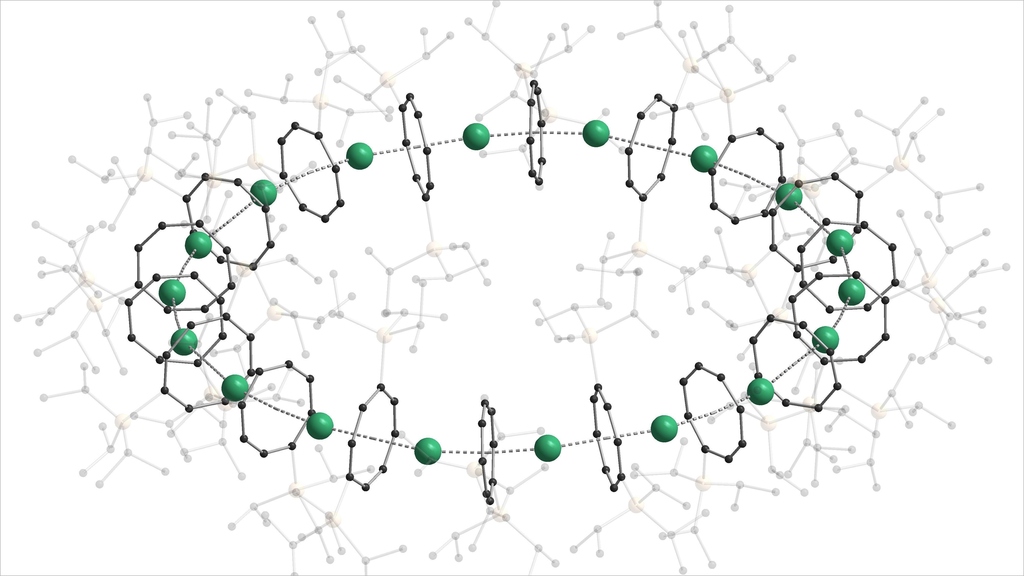
New Compounds for Organometallic Chemistry – Sandwich Complexes in the Form of Rings Are Kept Together by Their Own EnergyNew Compounds for Organometallic Chemistry – Sandwich Complexes in the Form of Rings Are Kept Together by Their Own Energy
More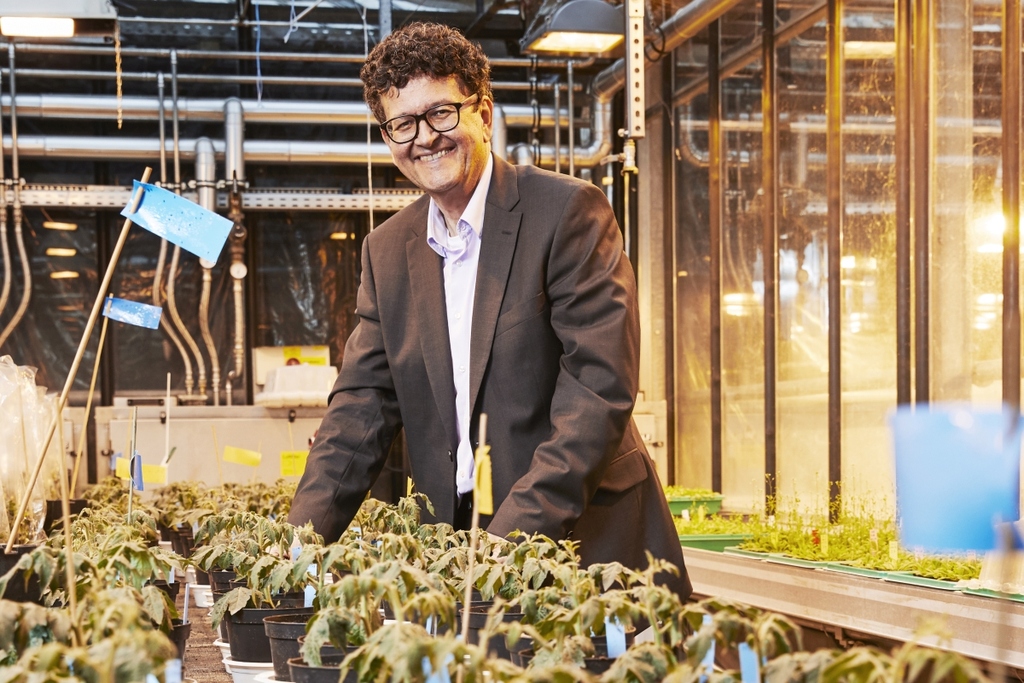
Professor Holger Puchta ändert die Gene von Pflanzen, als ob sie Legosteine wären. Als weltweit anerkannter Pionier der Gentechnik trägt der Leiter des Joseph Gottlieb Kölreuter Instituts für Pflanzenwissenschaften am Karlsruher Institut für Technologie (KIT) mit seiner Arbeit dazu bei, zukünftig Früchte schmackhafter zu machen und Getreideernten zu sichern. Was treibt ihn an – und was stoppt ihn?

KIT Researchers Optimize Artificial Photosynthesis for Mass Use.
More
Schnelles Wachstum oder langfristige Kooperation – Je nach Biochar-Dünger reagieren Pflanzen in Symbiose mit Mykorrhizapilzen molekular ganz anders.
Mehr
Forschende des KIT optimieren künstliche Fotosynthese für die Massenanwendung.
Mehr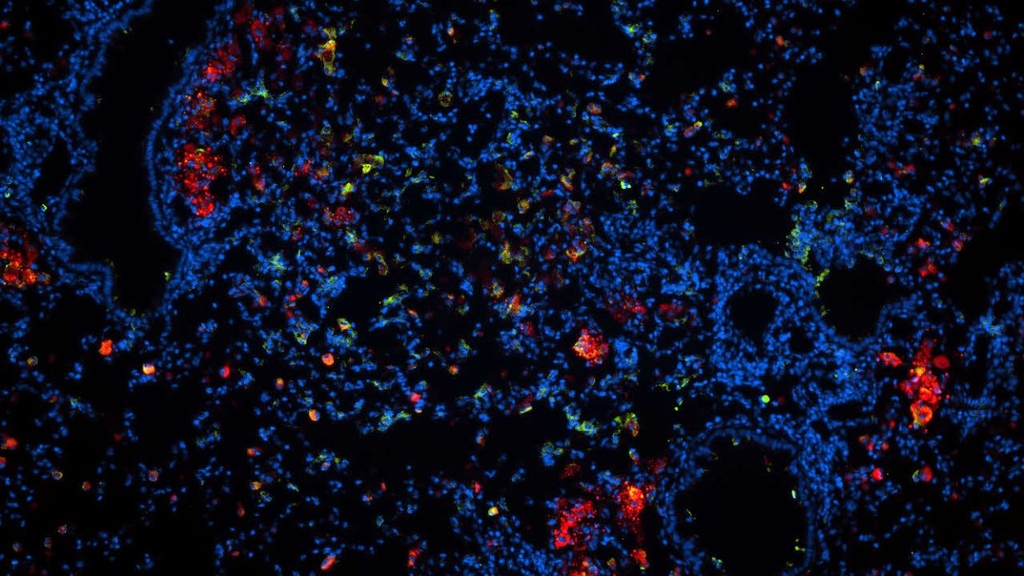
KIT and Research Center Borstel Present Nanoparticles with a High Antibiotic Concentration for Inhalation – Nanocarriers of Antibiotics Can Reduce Resistances and Enhance Compatibility.
More
Dual-channel Intra-/Intermolecular Exciplex Emission Enables Efficient Deep-blue Electroluminescence – Publication in Science Advances on Novel Blue OLEDs.
More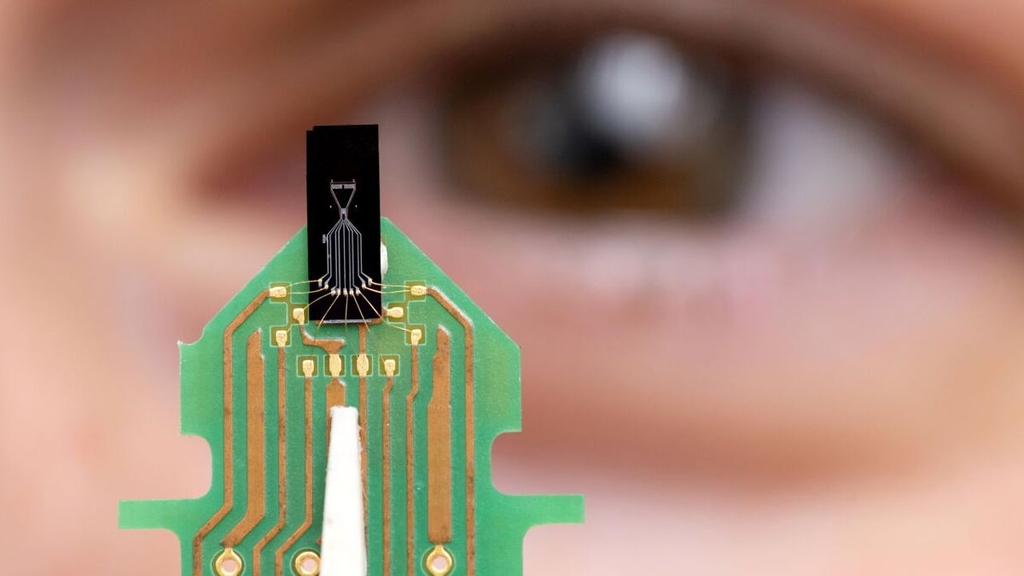
Forschende entwickeln ein bio-inspiriertes Mikrofon, das Schallsignale in unterschiedlich lauten Umgebungen erkennen und damit die Steuerung digitaler Anwendungen verbessern kann.
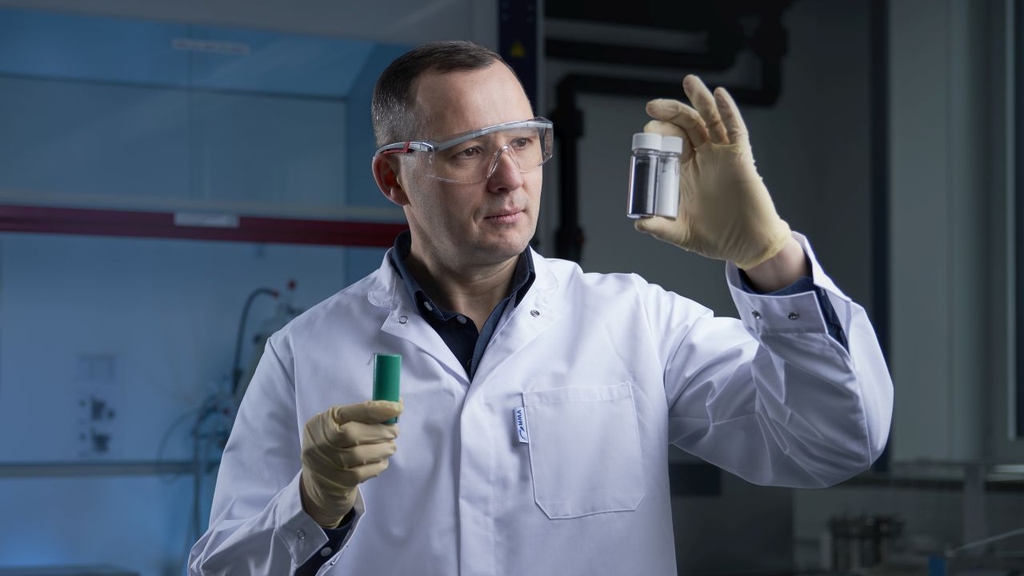
KIT Researchers Develop Inexpensive and Environmentally Compatible Mechanochemical Recycling Method – Publication in Nature Communications Chemistry
More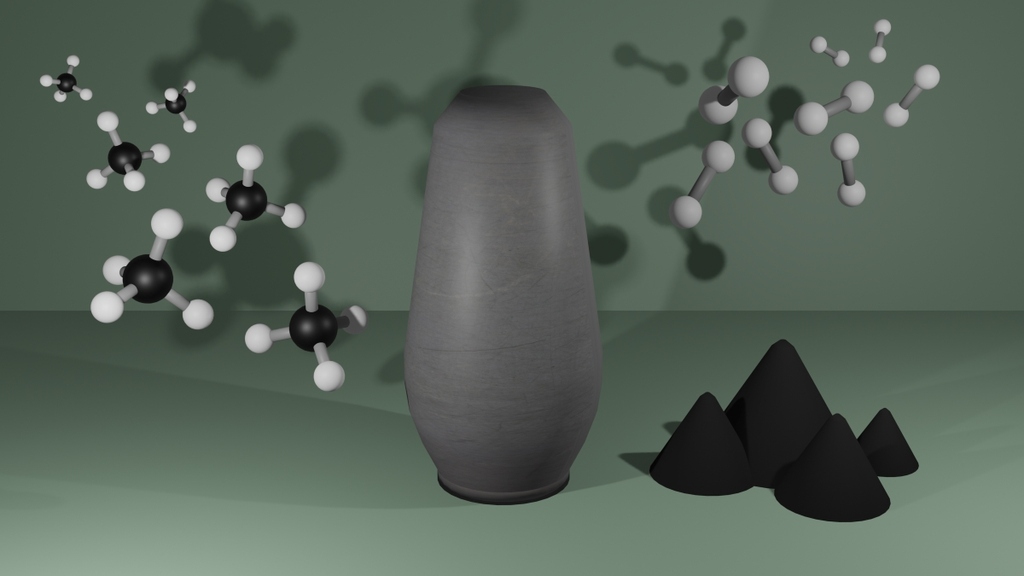
Forschende des KIT erstellen Machbarkeitsstudie zur großtechnischen Wasserstoffproduktion und Kohlenstoffabscheidung durch Gasphasen-Methanpyrolyse.
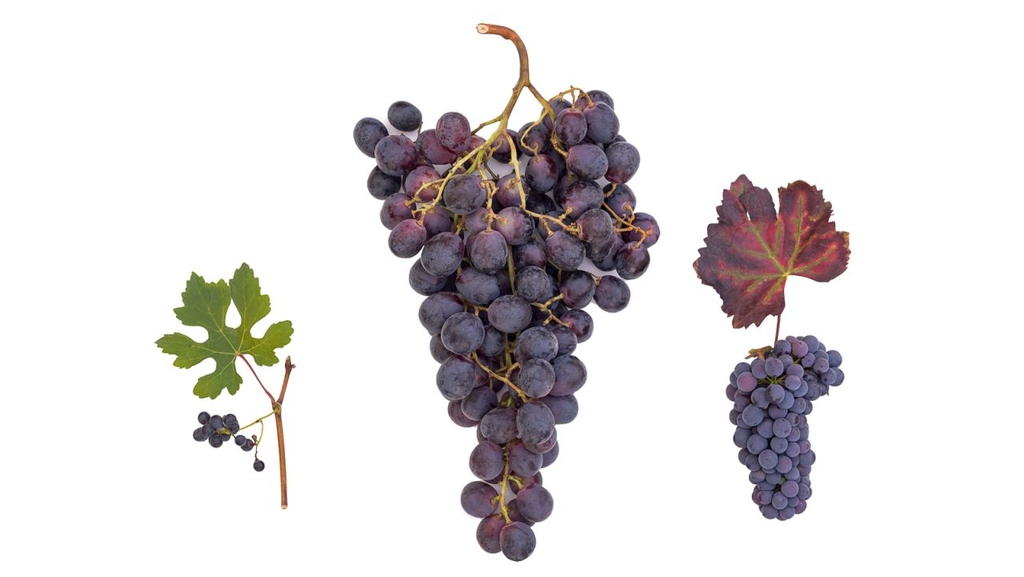
International Project Determines the Origin of Grapevine – KIT’s Wild Vine Database Helps Unveil the Genetic Tree – Publication in Science.
More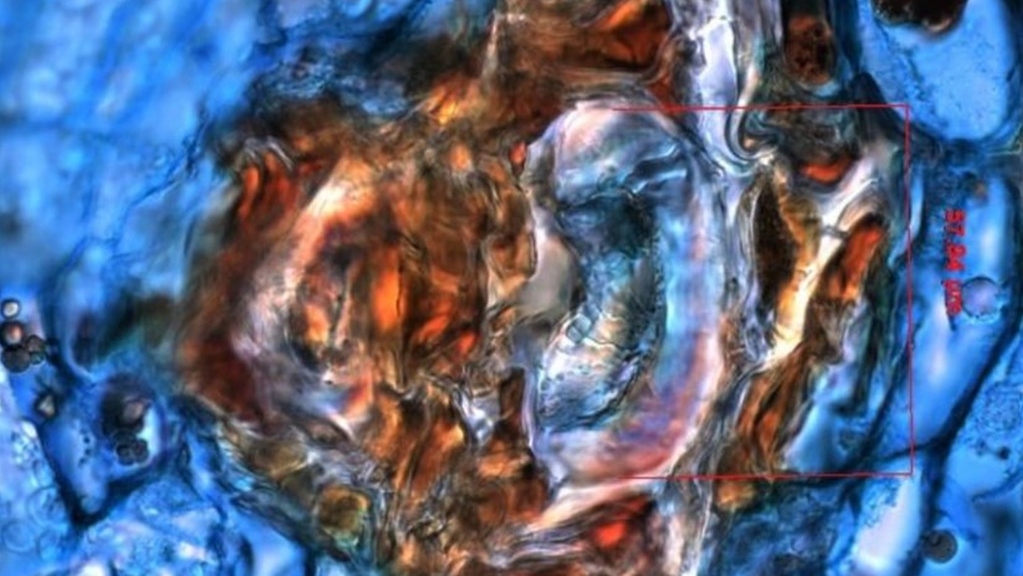
Forschende des KIT wollen Konflikt zwischen Wirkstoffgewinnung und Artenschutz lösen.
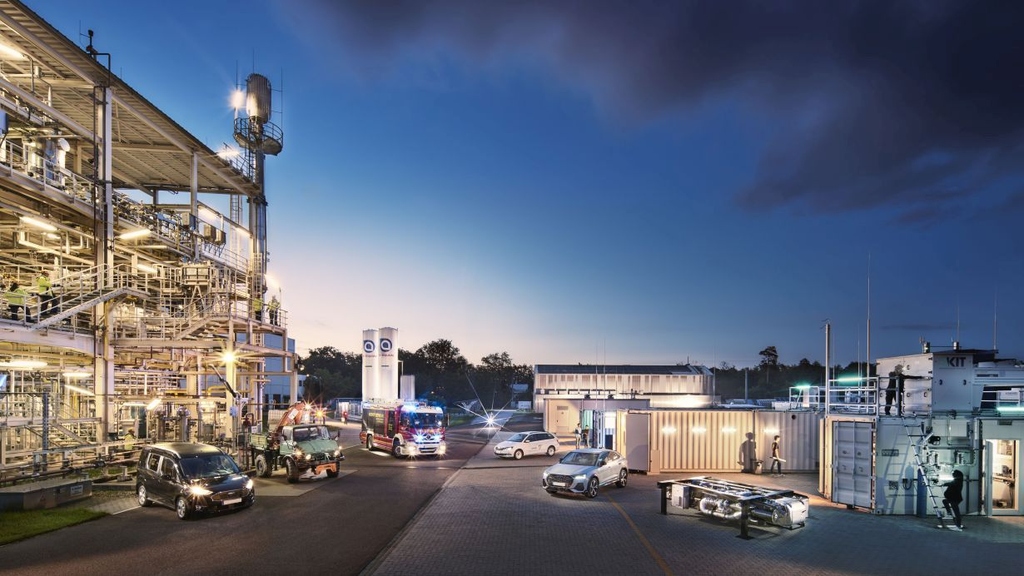
Consortium of Science and Industry Develops Processes and Demand Scenarios for the Mass Production of Synthetic Fuels – Federal Funding of around EUR 7 Million.
More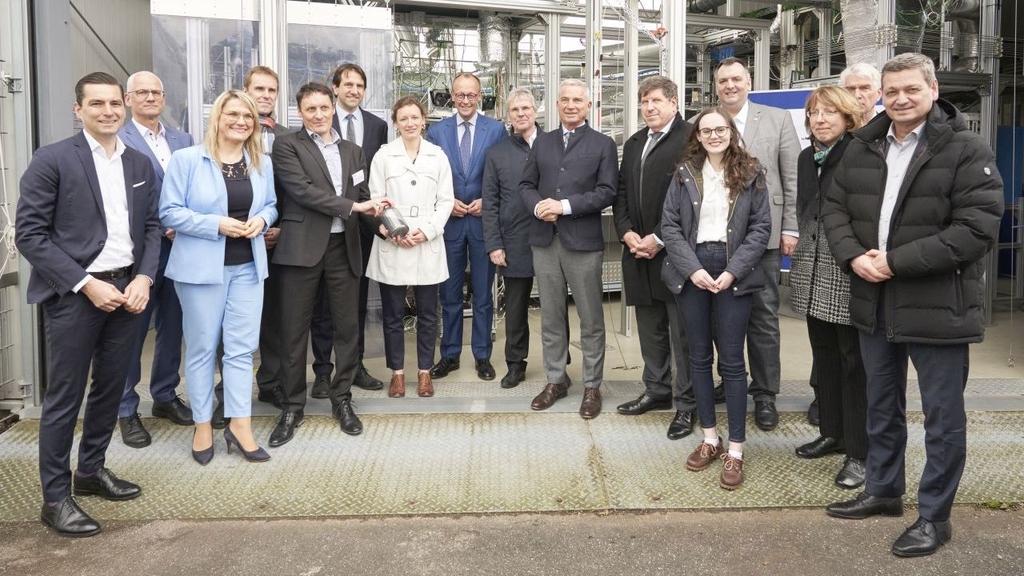
Am KIT informierte sich der CDU-Bundesvorsitzende über aktuelle Forschung zu Energie und Klimaschutz.
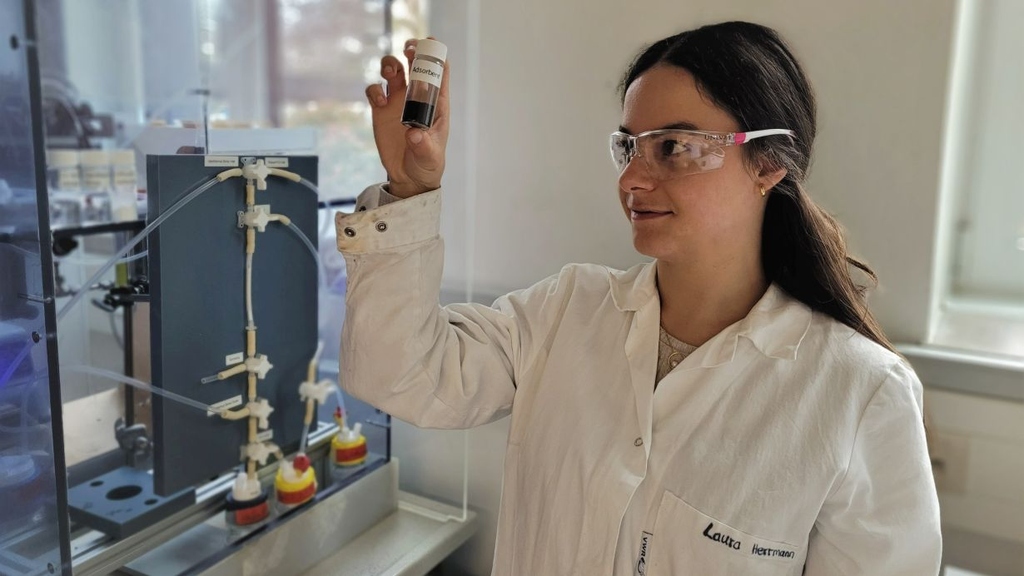
Researchers from KIT and EnBW Show Lithium-Ion Sieve for Geothermal Brines – Lithium Recovery Can Supplement Power Generation and Heat Supply – Recognized as “Outstanding Paper” in Energy Advances.
More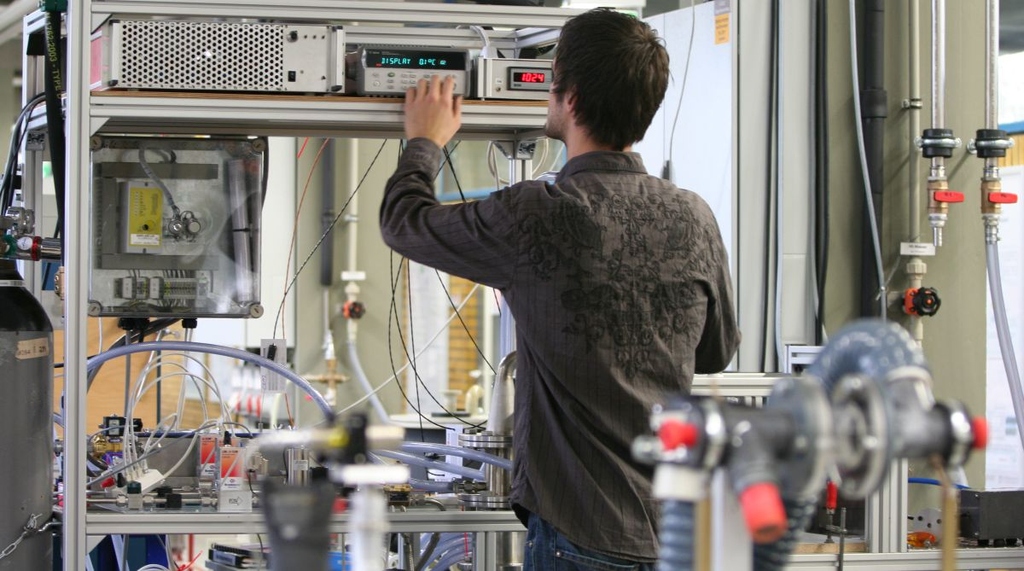
In the “QS World University Rankings by Subject 2022,” KIT Is Ranked among the Top 50 Universities Worldwide in Two Subject Areas and Four Individual Subjects.
More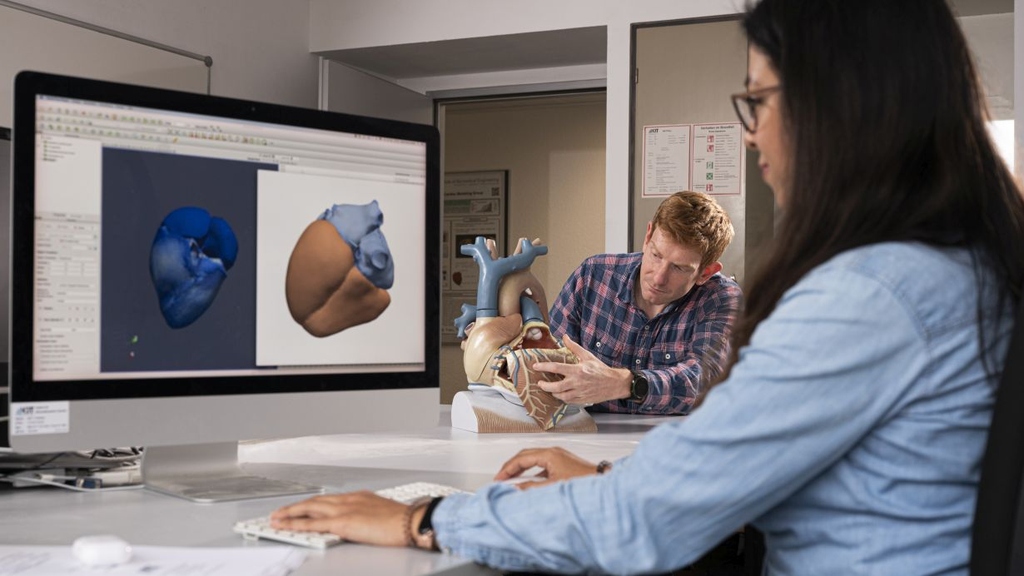
The KIT Center “Health Technologies” (KITHealthTech) Is to Promote Digital Transformation of Medical Technologies, Personalized Medicine, and Patient Care.
More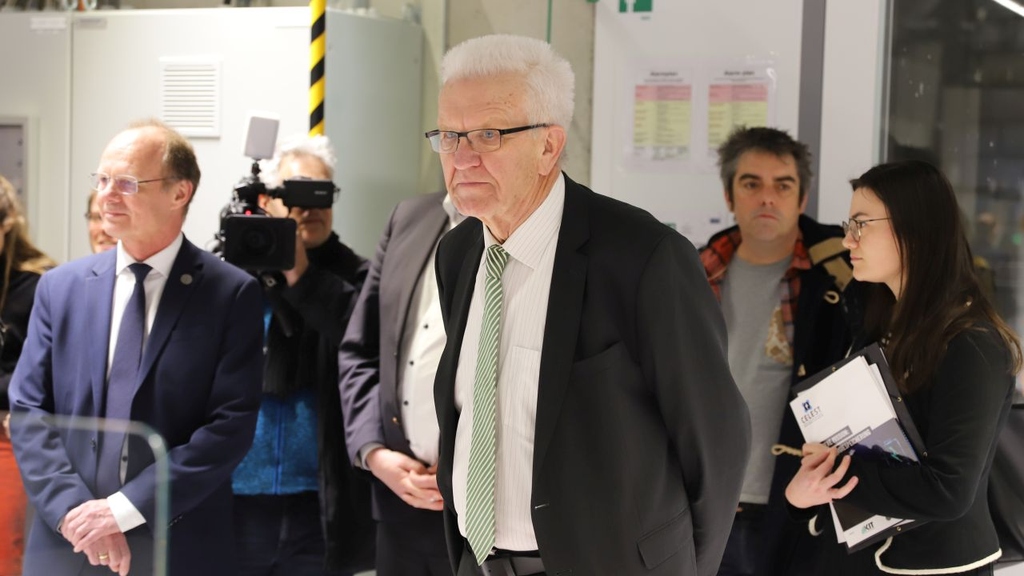
The Minister-President of Baden-Württemberg Informed Himself about the Battery Research Activities of KIT and Ulm University.
More